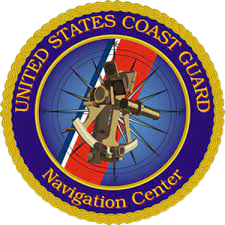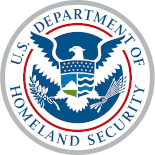FOR IMMEDIATE RELEASE
APA 20-99
January 29, 1999
Contact: Tammy L. Jones
Phone: 202-267-8521
Risks To GPS Signal Can Be Managed, Independent Assessment Concludes
WASHINGTON - The Federal Aviation Administration (FAA) said today that an independent risk assessment of the Global Positioning System (GPS) conducted for the FAA and others found that with some improvements, augmented GPS can be "the only navigation system installed in the aircraft and the only navigation service provided by the FAA."
"We’re encouraged by this finding. It tells us we’re on the right course and GPS navigation is achievable," FAA Administrator Jane F. Garvey said.
The planned augmentations include the Wide Area Augmentation System (WAAS) and the Local Area Augmentation System (LAAS), both developed by the FAA, which use Geostationary satellites and a network of ground stations to improve the accuracy, integrity, and availability of the GPS satellite navigation signals.
The six-month assessment was conducted by the Johns Hopkins University Applied Physics Laboratory of Laurel, Md. It was co-sponsored by the Aircraft Owners and Pilots Association, which represents general aviation aircraft owners and pilots, and the Air Transport Association, representing the scheduled major U.S. airlines.
Garvey thanked the Hopkins study team for "identifying the necessary improvements and for helping lay out a plan for implementing them." However, she cautioned that a "significant amount of cooperative effort with the aviation community, including the Department of Defense (DOD), and additional investments will be required to make the needed changes."
Garvey said the revised schedule for Phase I will provide additional time to make the recommended improvements for the later stages of GPS/WAAS. Recently, the FAA delayed the commissioning date for Phase I of WAAS by 14 months to allow more time to complete development of a critical software safety package that monitors, corrects, and verifies the performance of the WAAS system.
One of the primary purposes of the study was to assess the risk to the augmented GPS signal from intentional interference, or jamming, and unintentional interference, such as heightened solar activity and interference from certain commercial TV and VHF broadcast signals. Essentially, the study found that a combination of procedural and technical measures to mitigate the effects of both types of interference are achievable and must be implemented as part of the future augmented GPS system to ensure acceptable performance. The report also identifies the need for closer cooperation with the DOD in investigating more efficient combinations of DOD and the Department of Transportation systems, including the possibility of additional GPS satellites.
Johns Hopkins will publish study results at:
http://www.jhuapl.edu/nopage.asp
An electronic version of this news release is available via
the World Wide Web at: http://www.faa.gov

